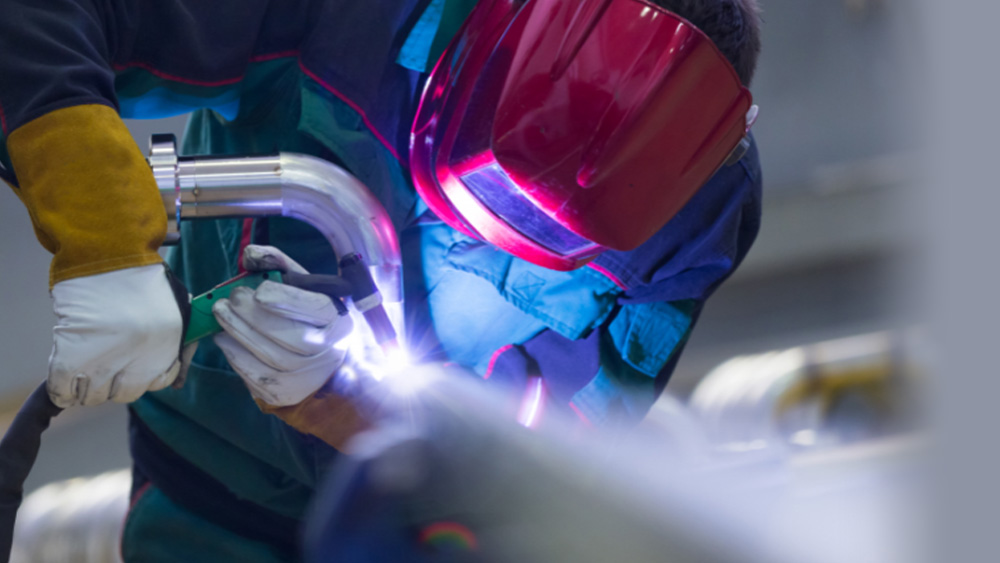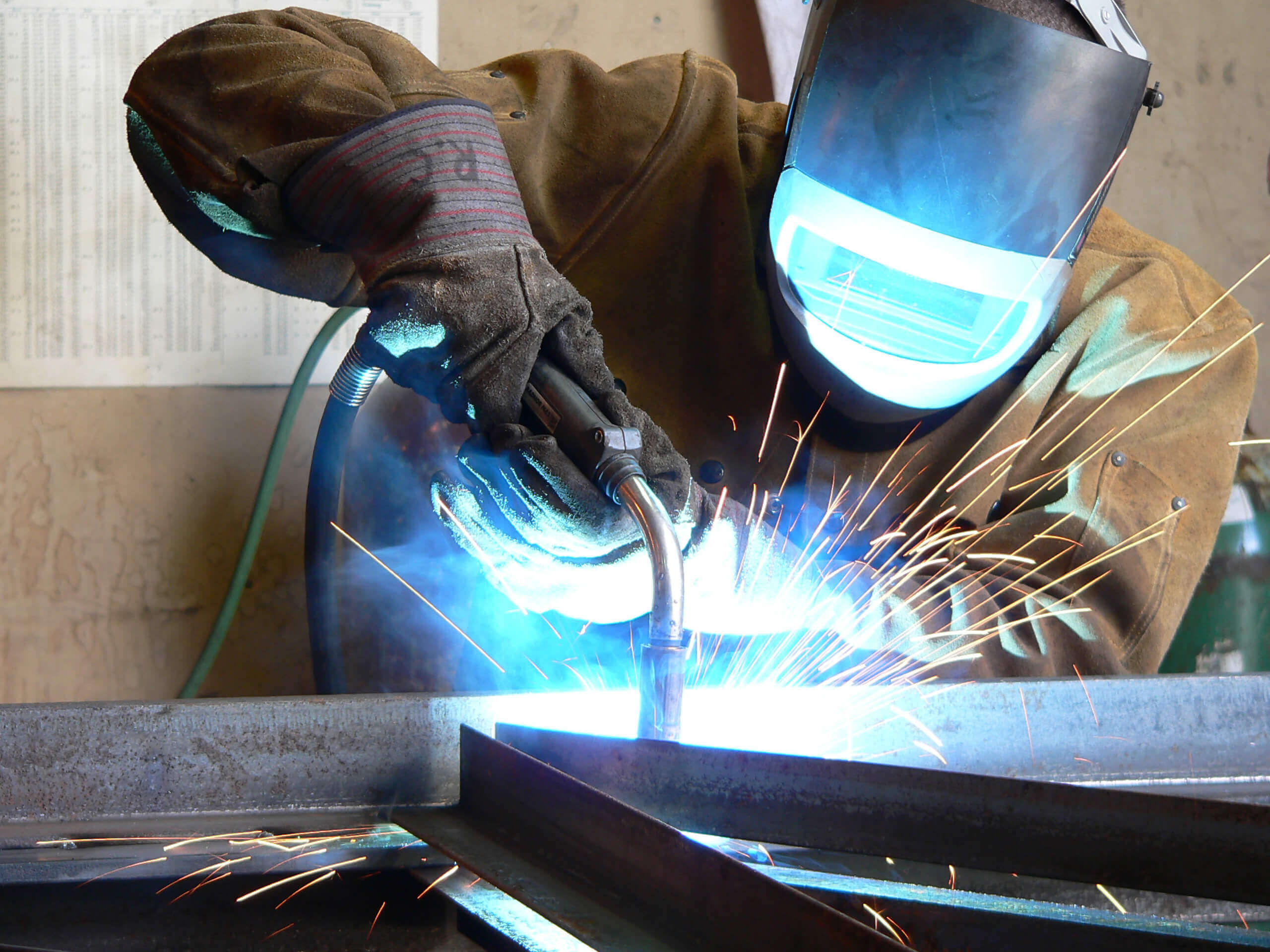How to Weld Aluminium with a MIG Welder


Aluminium (atomic number 13) is a silvery grey metal with features such low density, lack of toxicity, high thermal conductivity and excellent corrosion resistance, making it a metal of choice in many industries.
MIG Welding aluminium is challenging. There are many characteristics that need to be front of mind when MIG welding aluminium. A key challenge is the high thermal conductivity of aluminium and the low melting point of aluminium alloys both which make the potential for burn-through a real risk.
Porosity can be a significant problem when welding aluminium, caused predominantly by the absorption of hydrogen in the weld pool, which forms pores in the solidifying weld metal. Common sources of hydrogen are moisture and hydrocarbons from contaminants on the parent metal, filler metal, the surrounding atmosphere, or from surfaces in contact with the weld area. However, the most common source of hydrogen is the resilient refractory oxide film, which gives the material its resistance to corrosion and re-forms rapidly on a clean aluminium surface in air. This oxide layer must be removed prior to welding, not only to eliminate the risk of hydrogen absorption but also because of its high melting point of over 2000°C, compared to 660°C of aluminium itself.
To avoid porosity, it is essential to clean the material surfaces thoroughly by mechanical cleaning or chemical etching to remove the oxide film and other surface contaminants.
After thorough cleaning and preparation of the surfaces, welding should take place as soon as possible (within the working shift), as the oxide film will begin to re-form immediately.
When MIG welding aluminium, it is important to consider the cleanliness of the filler wire. It should be purchased to a recognised standard in a shaved or double-shaved condition to ensure that residues from drawing lubricants (the primary source of hydrogen in aluminium filler wire) are removed.
Tools used for the cleaning and preparation of aluminium prior to welding will depend on the component size and wall thickness. However, they will need to be used for welding aluminium only, to avoid cross contamination. Generally, the oxide layer is removed using scrapers, rasps, routers and mechanical stainless steel wire brushes. For inter-pass cleaning and/or back-chipping, power saws, milling blades and mechanical stainless steel wire brushes are used.
In short, no. MIG stands for metal inert gas and as such is a welding process that requires gas. Special attention should be given to the gas supply system, including the quality and integrity of welding torches. Gas supply lines and hoses need to be high quality and preferably manufactured from non-hygroscopic materials such as polychloroprene (neoprene) or metals such as copper or stainless steel.
Aluminium can only be MIG welded successfully with an inert gas or gas mixture. High purity argon (≥99.998%, 10ppm minimum dew point) is the benchmark shielding gas for both MIG and TIG welding. However, its performance as a shielding gas for welding aluminium can be enhanced by adding helium.
Using an argon/helium mix, such as Alumaxx® Plus, part of the Maxx® range of welding gases, gives the welder the best operating characteristics of both gases. Argon is particularly effective in providing superior arc starting and stable arc conditions. When combined with helium's higher thermal conductivity, it produces high quality welds giving increased travel speeds, a greater depth of fusion and a smoother and flatter surface profile.

An industry leading comprehensive guide to gas shielded arc welding and oxy-fuel cutting.